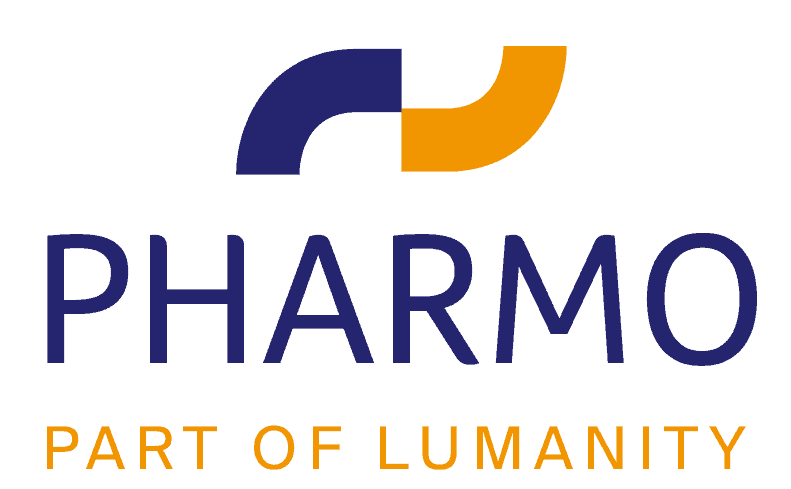Recently, we showed there was a cumulative dose-dependent association between the use of estrogens and the incidence of cutaneous melanoma (CM). This association was shown for both oral contraceptives (OC) and hormonal replacement therapy (HRT). Soe in-vitro studies, however, have suggested a direct inhibitory effect on melanoma tumor growth. Therefore, the use of different types of estrogens, OC and HRT, may be associated with a decreased Breslow thickness. Consequently, the clinical impact of our earlier findings may be limited. In this study, we investigated whether estrogen use (0.5 year), OC or HRT, is associated with a decreased Breslow thickness. For this study, we linked the national Dutch pathology database (PALGA) to a pharmacy database(PHARMO). Cases were women with a primary CM between 1 January 1991 and 14 December 2004, aged > or =18 years and having > or =3 years of follow-up before diagnosis of CM. In total, 687 women with melanoma were included. Univariable linear regression analysis suggested a decreased Breslow thickness with the use of OC and HRT. Statistically significant interaction was observed between age and estrogen use (P<0.01) suggesting effect modification by age. However, in stratified multivariable analyses for different age groups (<45, 45-55, > or =55 years), no statistically significant associations between the use of OC or HRT and Breslow thickness were observed. In conclusion, an association between use of OC and HRT and Breslow thickness could not be confirmed.
